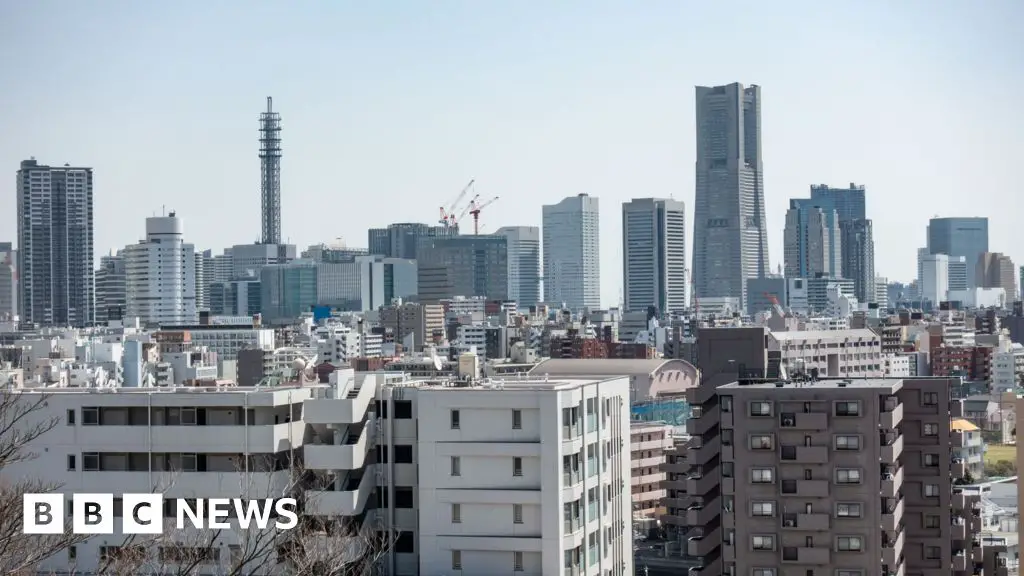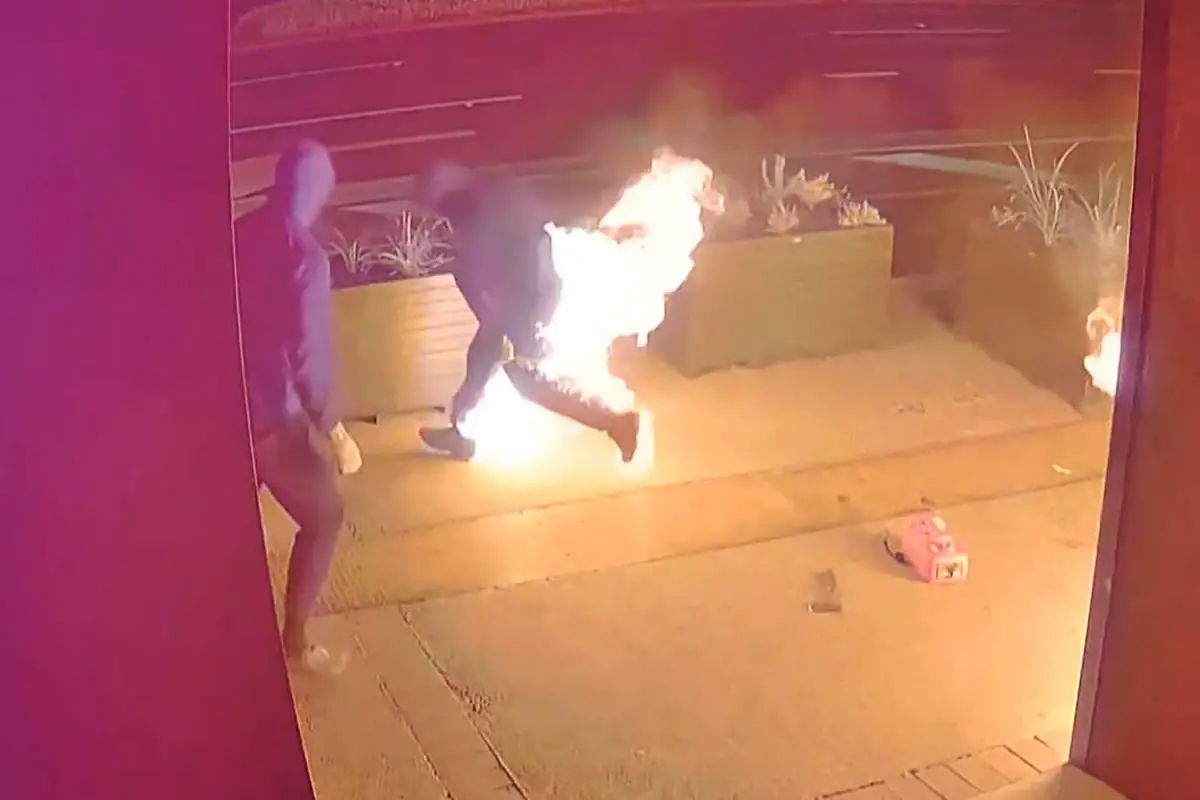
Last year, 513 children took their own lives in Japan, with “school problems” cited as the most common factor.
Students who don’t want to return to school are known as futoko, or “people who don’t go to school.”
The main reasons why these futoko avoid school include family circumstances, personal issues with friends, and bullying, according to a previous survey by the ministry of education.
In recent years, authorities and media organisations have tried to raise public awareness of the challenges students face at this time of year.
Japan’s public broadcaster, NHK, for example, mounted a campaign on Twitter called “on the night of August 31″.
The most recent incident in Yokohama mirrors a similar episode in 2020, when a 17-year-old boy jumped from the roof of a shopping centre, killing a 19-year-old female student in a busy district of Osaka.
At the time, the boy was posthumously charged with manslaughter, meaning that his family owed compensation to the family of the victim he killed. However, the charge was dropped shortly afterwards.
So far, the authorities have not indicated any culpability with regards to Saturday night’s deaths.
While Japan’s suicide rate is slowly decreasing among the general population, it is rising among young Japanese people.
Japan is the only G7 country where suicide is the leading cause of death for teenagers.
Additional reporting by Chika Nakayama in Tokyo.







